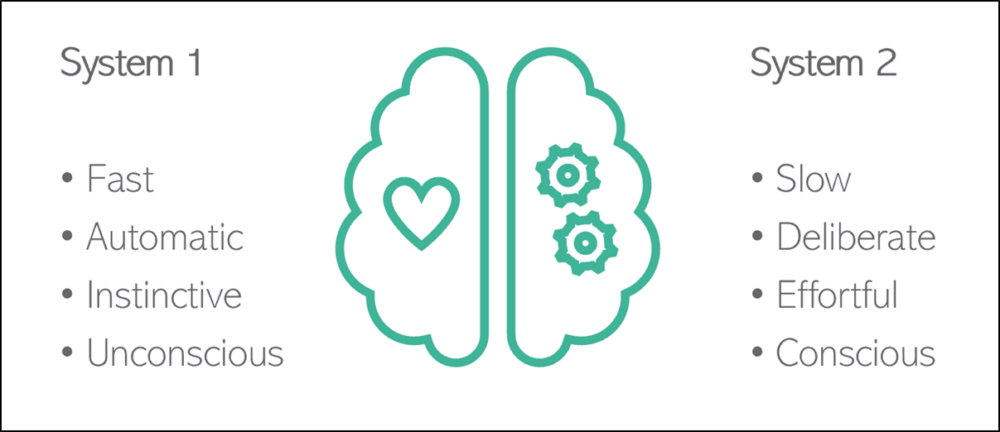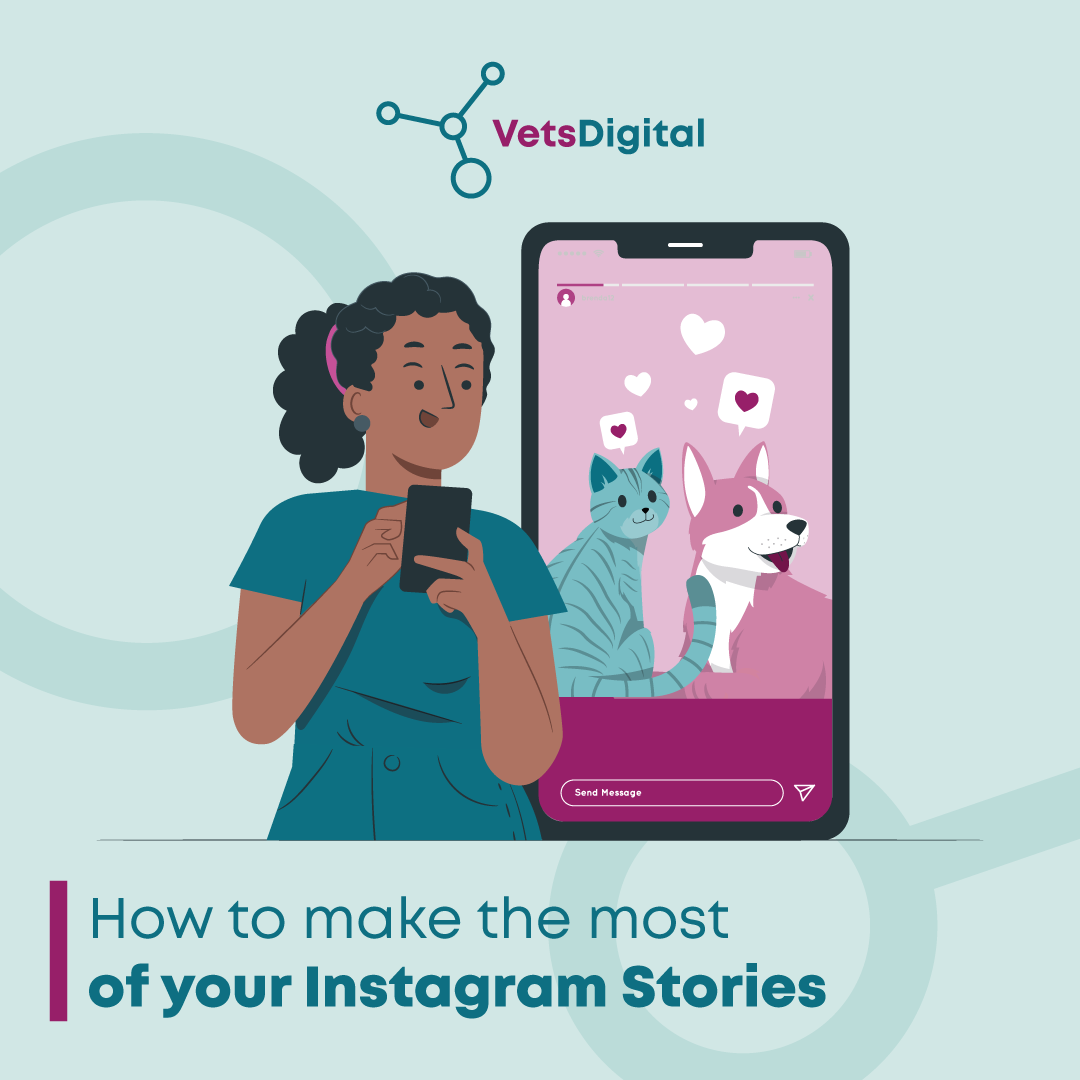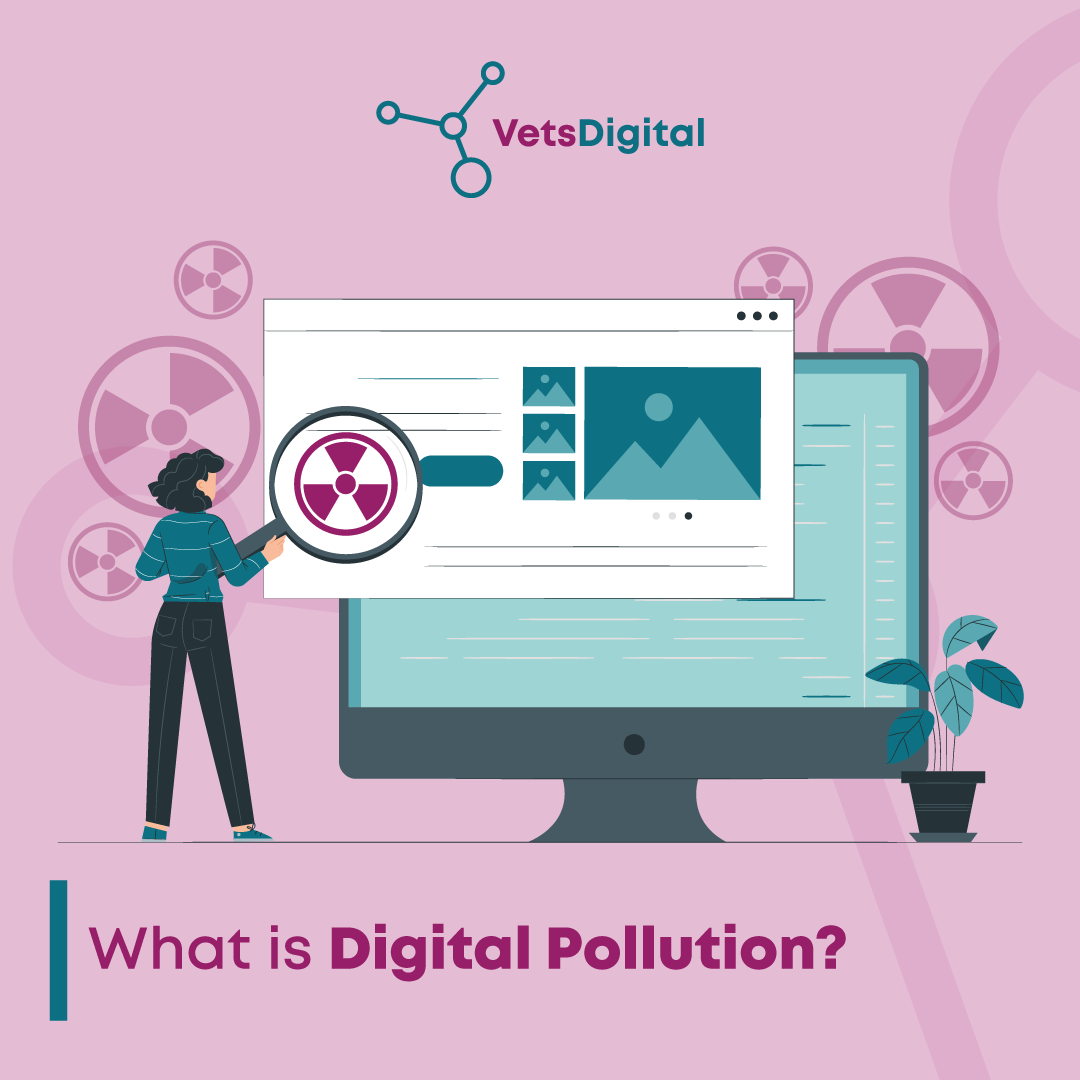Digital Marketing, News,
5 Tips From Consumer Psychology For More Impactful Pet Owner Communications
Dr. Rebecca Maher MA VetMB PGCert MRCVS
Rebecca is a veterinary surgeon, qualified marketer and consumer psychologist. Rebecca is the founder of InsideMinds Consulting Ltd., a company which helps veterinary businesses make small tweaks to client touchpoints which have big impacts on what clients ‘think, feel and do’.
Have you ever wondered how to make your marketing communications more impactful? We live in a busy and complex world and clients are constantly bombarded with information, promotions and offers. Cutting through that noise and making sure that your communications drive the behaviour change that you intend can feel like a daunting task. The key to success is understanding what really drives behaviour, and importantly, that means looking beyond rational argument and evidence. Understanding consumer psychology can help your communications make the biggest difference and guide your clients’ behaviour in the interests of patient health more effectively.
To get under the skin of consumer psychology principles, it’s useful to first understand the power of our subconscious.
A handy framework for this is the simple concept of System 1 and System 2 thinking [1].

Characteristics of System 1 and System 2 thinking
System 2 is slow, deliberate, within our conscious awareness and very effortful. As a result, we tend to avoid System 2 thinking as much as we possibly can. An example of a System 2 activity would be looking for someone in a crowded room or reverse parking a car into a narrow space.
We tend to over-estimate the role that System 2 plays in our behaviour and decision-making. The reality is that even with big decisions, System 1 plays a very prominent role, and System 2 is often used only to post-hoc rationalise the decisions that we make.
For communications to really have impact, they therefore need to speak directly to the emotions, biases, habits and heuristics that drive our behaviour the majority of the time. So, how can we do that? Well, here are 5 simple ways to bring consumer psychology into your comms:
Understand exactly the behaviour you are trying to drive
It may sound obvious, but it’s actually very common for marketing communications to be created without a clear idea of what specific behaviour the communication intends to drive, in whom, and at what time. Really understanding ‘who, what and when’ brings clarity and a single-minded focus which will serve to make your communications much more powerful. Having this understanding also helps you to stress-test the communication before it goes live and helps you plan how you will measure results.
Grab attention
Cutting through the noise is hard, but once you understand that we’re programmed to pay attention to the most salient things around us, then that can become a bit easier. Take a look at the picture of the sheep. You probably find it easy to focus on the black sheep, but focusing on the face of any of the white sheep takes much more effort.

The black sheep demonstrates salience bias
This is down to salience bias [2], and it means that you need to make sure that your communications stand out in the way that the black sheep does. You can do that through attention grabbing headlines or images, or through your use of colour and contrast. Whatever you do, just make sure that your communications aren’t white noise for your clients. The key is to be disruptive to snap your clients out of autopilot when they are scrolling, but to feel familiar so that they are drawn to your messages.
Make it easy to understand
It stands to reason that if we create complex communications, we’ll confuse people. But the importance of simplicity and easily consumable messages runs even more deep than that. Perceptual fluency describes how easy we find it to consume information, and importantly, we go on to assign a variety of other positive judgements to things just because we find the material easy to consume [3]. For example, we’re more likely to decide that something is credible, honest, correct, believable, and we’re more likely to act on information, if we find it easy to consume. Ways to make your material easy to consume include using plain language, making sure that you don’t disrupt the outline of words (for example, avoid using all capitals, italics and underlining) and make sure that you keep it brief.
Be persuasive
There are a number of ways in which you can enable your clients’ System 1 to shortcut to “this is a good idea” just by the way in which you present the information. For example, providing social proof (which involves describing how plenty of other people have trodden the same path) is a powerful way to persuade clients that your recommendation is worth following [4]. Another example is to gently explain what clients stand to lose by not following your recommendation, rather than describing what they stand to gain from following it. We are all programmed to be loss-averse, so this is another powerful motivator [5].
Repetition, repetition, repetition
The mere exposure effect describes how we tend to like things that we are more familiar with [6]. This is important, since the more we like something, the more we associate other positive judgements with it, such as believing that it is correct, credible and honest. Simply using consistent colours, images, layouts, and tone of voice in every client touchpoint can help to build a sense of familiarity. And don’t forget to make sure that your communications are seen often and found in a variety of places to help build that sense of familiarity.
Consumer psychology principles can be applied really widely to help build impactful and effective communications with your pet owners.
If you would like to learn more about how InsideMinds can help your business then contact info@inside-minds.com or visit www.inside-minds.com for more information.
References:
- Kahneman, D. (2011) “Thinking, Fast and Slow” Statistical Papers 55
- Armenia, G (2013) “Lazy thinking: How cognitive easing affects the decision making process of business professionals. Honors College Theses 126. https://digitalcommons.pace.edu/honorscollege_theses/126
- Okuhara, T., Ishikawa, H., Okada, M., Kato, M., & Kiuchi, T. (2017) “Designing persuasive health materials using processing fluency: a literature review” BMC research notes 10 (1) 198
- Amblee, N., & Bui, T. (2011). Harnessing the influence of social proof in online shopping: The effect of electronic word of mouth on sales of digital microproducts. International journal of electronic commerce, 16(2), 91-114.
- Kahneman, D. and Tversky, A. (1979) “Prospect Theory: An Analysis of Decision under Risk” Econometrica: Journal of the Econometric Society, 47, 263
- Zajonc, R. B. (2001). Mere exposure: A gateway to the subliminal. Current directions in psychological science, 10(6), 224-228






